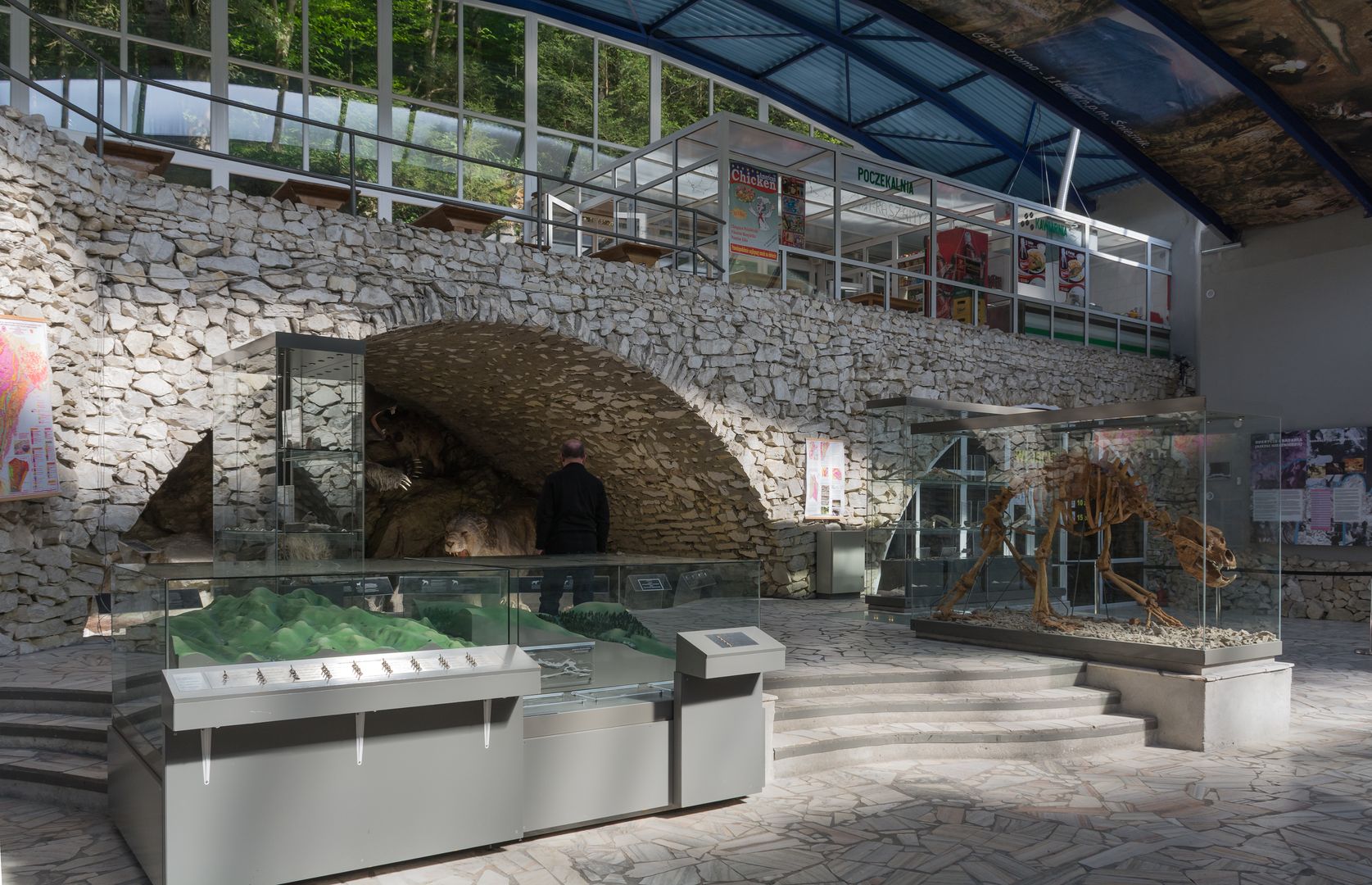Bear Cave
7.53

Overview
Bear Cave, located in the Śnieżnik Massif in the Kleśnica Valley near Kletno, is the longest cave in the Sudetes, with a total corridor length of about 4.5 km, spread over three levels. It is a site of great natural importance, established as a nature reserve in 1977 to protect not only the cave but also the surrounding beech-spruce forest and karst phenomena. The interior of the cave is characterized by a variety of speleothems, including stalactites, stalagmites, columns, and draperies, making it one of the most beautiful caves in Poland. The cave was discovered on October 14, 1966, during the exploitation of a marble quarry when a blast revealed an opening containing bone remains of prehistoric animals. Archaeological research conducted between 1967 and 1970 revealed the presence of Pleistocene species, including the cave bear and cave lion, with 90% of the found remains being bear bones, mostly from females. The cave has been open to tourists since 1983, attracting nature and history enthusiasts with guided tours lasting about 45 minutes. It is also worth noting that the cave contains radon—a radioactive gas that can reach dangerous concentrations. Bear Cave is a treasure trove of knowledge about prehistory and a natural tourist attraction, and its discoveries continue to draw researchers and speleologists, suggesting that there is still much more to be uncovered.
Location
2025 Wizytor | All Rights Reserved